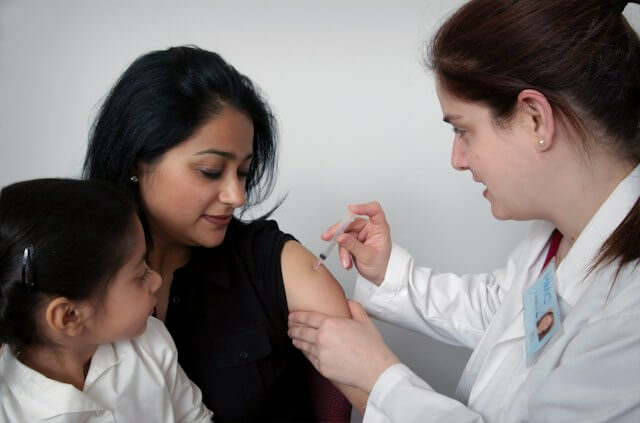In a groundbreaking leap towards more manageable diabetes care, Stanford University’s brilliant minds have unveiled a cutting-edge hydrogel drug delivery system that could turn the tide for millions battling Type 2 diabetes. Imagine a world where the daily struggle of injections transforms into just three shots a year! Let’s dive into the details of this scientific marvel and explore how it might redefine the landscape of diabetes management.
The Diabetes Dilemma: Daily Shots to Once-in-a-Quarter
For the 500 million people worldwide grappling with Type 2 diabetes, adhering to a daily injection routine has been a monumental challenge. Stanford’s engineers have devised a solution: a hydrogel that replaces the need for daily or weekly shots with a single injection every four months. This game-changing development could revolutionize diabetes care, improving patient compliance and enhancing long-term health outcomes.
The Hydrogel’s Secret: A Molecular Velcro
At the heart of this innovation lies a hydrogel with a unique molecular structure, engineered to hold together like Velcro. Unlike traditional hydrogels, this one dissolves slowly over time, releasing the drug molecules it carries. The secret? Nanoparticles and polymers delicately bound, creating a mesh that steadily releases the medication, making it liquid enough to be injected yet solid enough to last for the entire four-month period.
A Promising Future: Beyond Diabetes Management
The hydrogel, known as a polymer-nanoparticle (PNP) hydrogel, offers a “just right” balance between fluidlike flow and gel-like stability. Initial tests in laboratory rats have shown promising results, with a single injection outperforming daily doses of a leading commercial drug. This breakthrough isn’t limited to diabetes alone; researchers foresee potential applications for other drugs and medical conditions.
Towards Human Trials: What Lies Ahead
Human trials may be on the horizon sooner than we think. With successful tests in rats, the team is gearing up for trials in pigs, bringing them one step closer to potential human clinical trials within the next one and a half to two years. Imagine the transformative impact on diabetes management and, possibly, other health conditions.
The Cost of Innovation: Transforming Lives and Reducing Healthcare Burden
With over 130 million Americans dealing with Type 2 diabetes, the economic burden on the United States surpasses $400 billion annually. Stanford’s hydrogel innovation not only promises improved patient quality of life but could also alleviate the economic strain on healthcare systems.
Conclusion: A Beacon of Hope in Diabetes Management
Stanford’s hydrogel breakthrough signals a new era in diabetes care, offering a beacon of hope for millions worldwide. As researchers march towards human trials, the prospect of a life with fewer injections and improved health outcomes becomes an exciting reality. Stay tuned for updates on this revolutionary journey as science paves the way for a brighter, less burdensome future in diabetes management!
Disclaimer: The information in this article is based on recent studies conducted at Stanford University. Consult with healthcare professionals for personalized medical advice.
Source:
